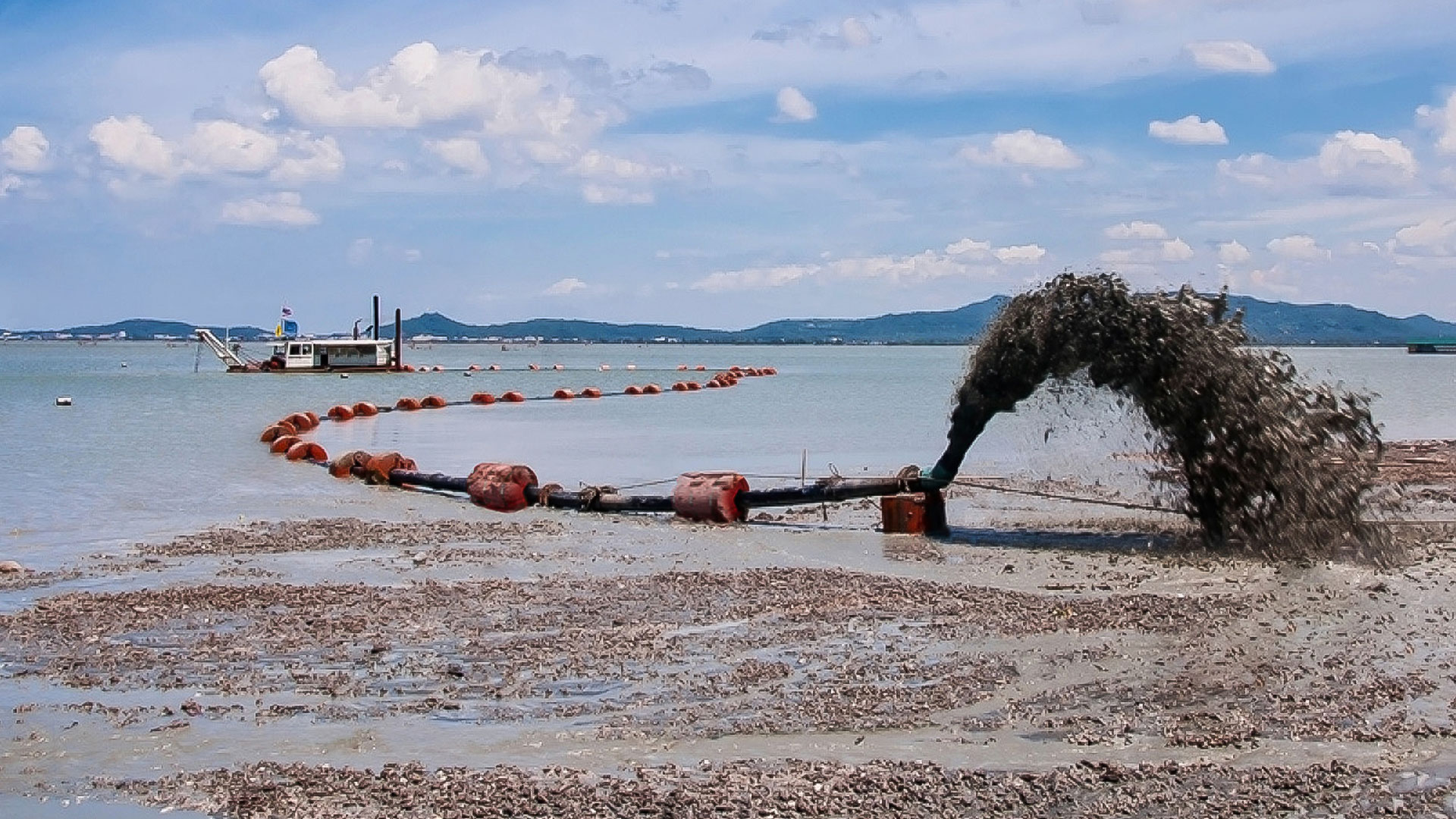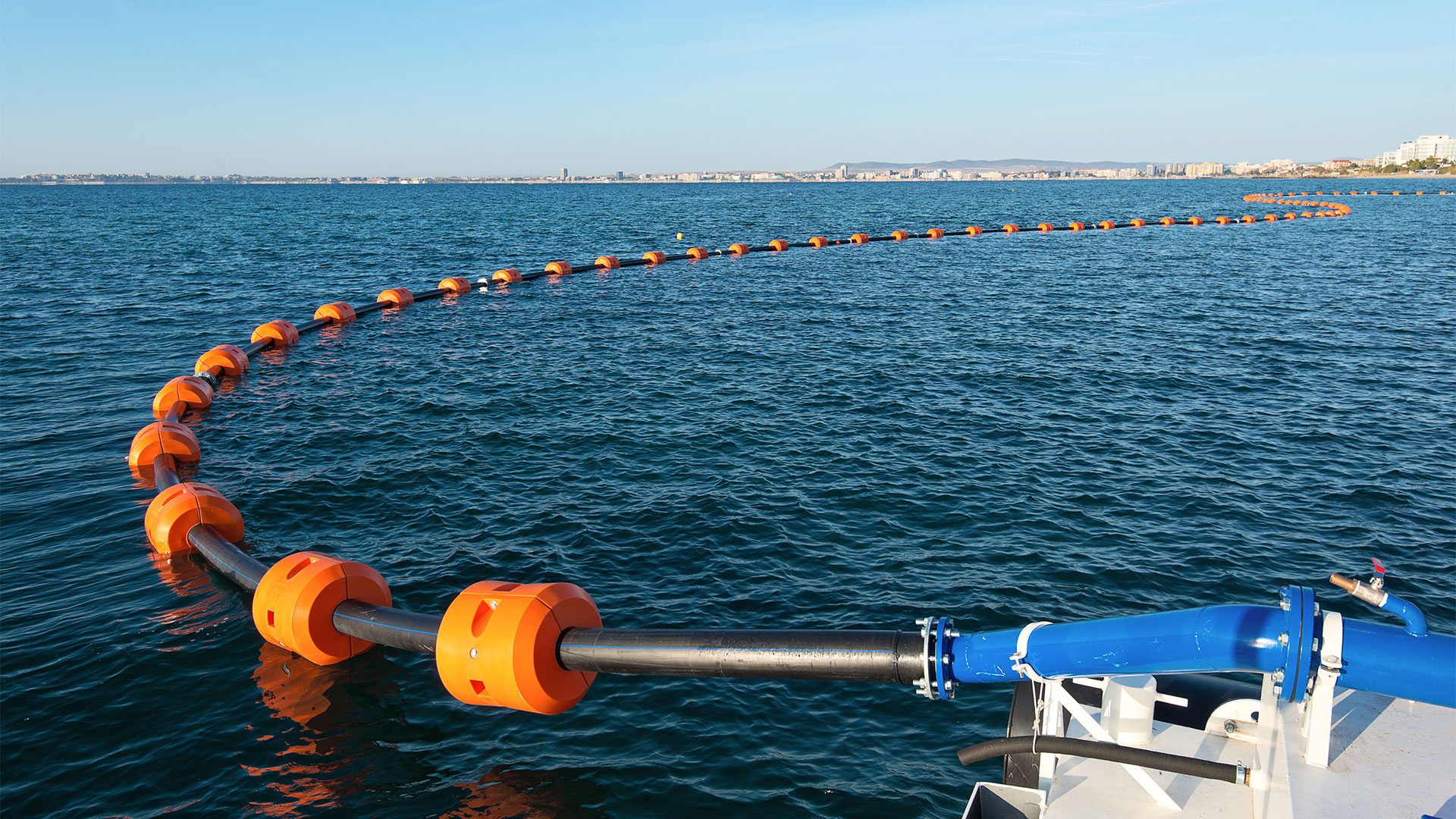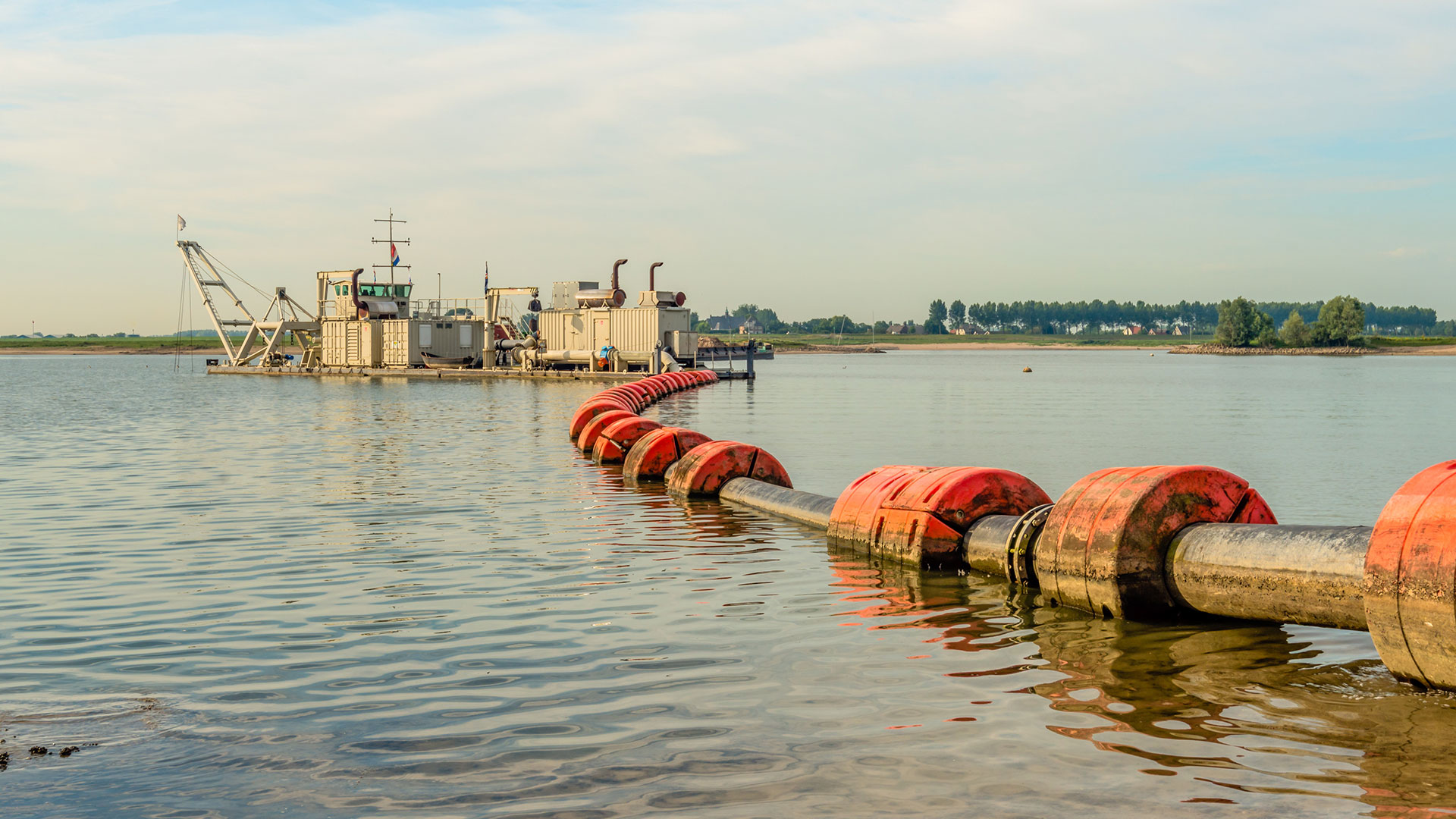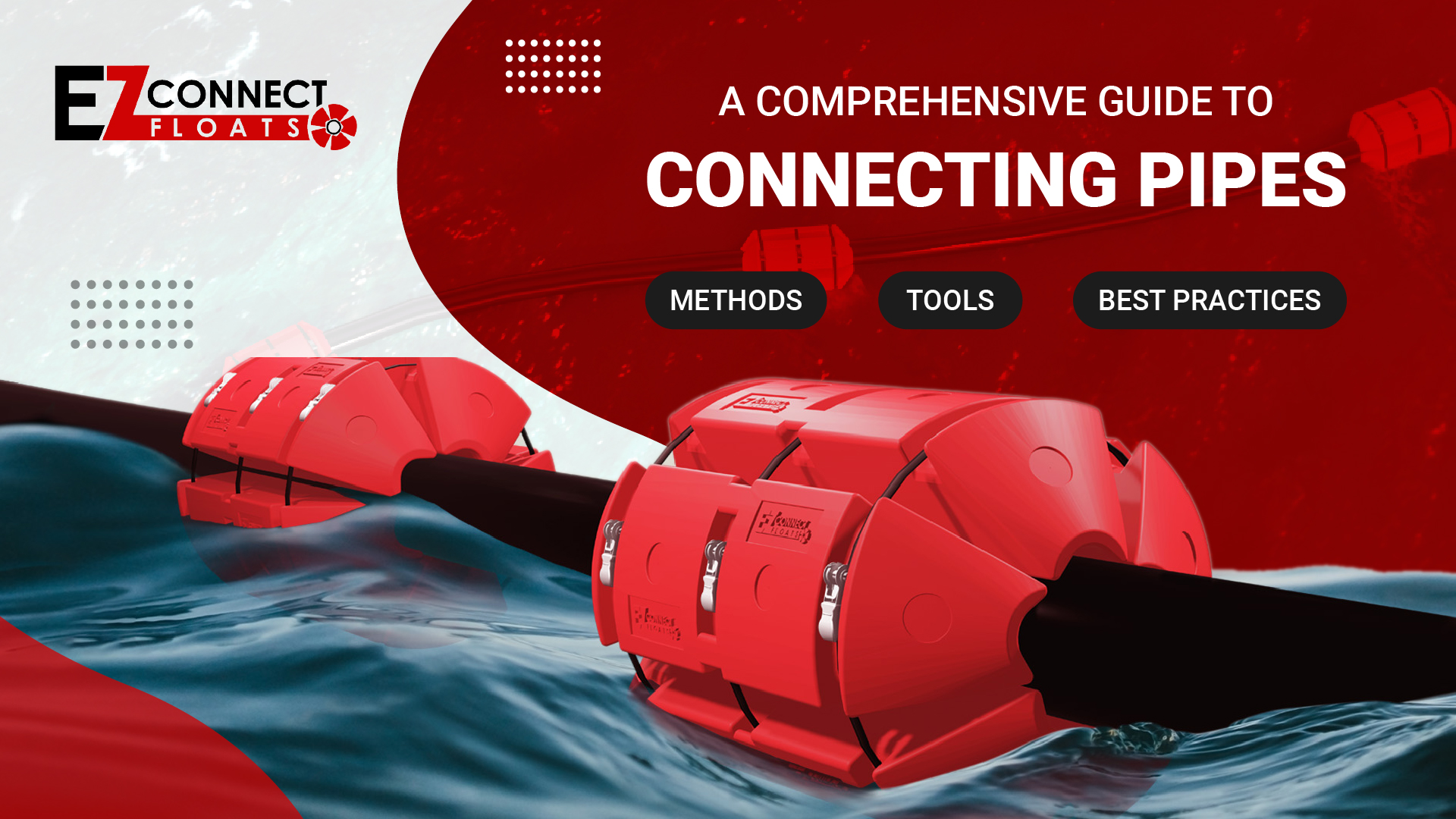
A Comprehensive Guide to Connecting Pipes
Connecting pipes is an essential skill in plumbing and construction, crucial for the efficient flow of liquids and gases. Whether you’re a DIY enthusiast or a seasoned professional, mastering the different methods and tools for pipe connections is vital. This comprehensive guide will provide you with everything you need to know about connecting pipes, including various techniques, necessary tools, and best practices. We’ll also delve into specific recommendations for connecting galvanized pipes, addressing common challenges, and ensuring reliable connections. Understanding these elements not only enhances your plumbing skills but also helps prevent potential issues down the line, making your projects more efficient and effective.
Understanding Pipe Connection
What are Pipe Connections?
Pipe connections refer to the methods used to join different sections of piping. This is crucial in numerous applications, from residential plumbing systems to industrial setups. Proper connections ensure that fluids flow seamlessly and without leaks, which can lead to costly damage and repairs.
Types of Pipes Commonly Connected
The types of pipes you’ll encounter vary widely, including PVC, copper, galvanized steel, and PEX. Each material has unique characteristics and requires specific methods for effective connections. Understanding these differences is vital for achieving a reliable and lasting connection.
Methods of Connecting Pipes
1. Threaded Connections
Threaded connections are one of the oldest and most common methods used for connecting pipes. This involves male and female threads on pipe ends and fittings that screw together. While they are strong and reliable, they can be prone to leaks if not installed correctly.
Pros:
- Easy to install and disassemble.
- Suitable for high-pressure applications.
Cons:
- It can rust over time.
- Requires precise alignment.
2. Soldered Connections
Soldered connections are commonly used for copper pipes. This method involves using heat to melt solder, which binds the pipes together when cooled. Soldering creates a strong and waterproof seal.
Step-by-step Process:
- Clean the pipe ends thoroughly.
- Apply flux to the areas to be joined.
- Heat the joint with a torch until the solder melts.
- Allow it to cool before testing for leaks.
Pros:
- It is very strong and durable.
- Excellent for hot water applications.
Cons:
- Requires specialized tools and skills.
- It is not suitable for PVC or other plastic pipes.
3. Welded Connections
Welding is another method, especially for metal pipes. Common welding techniques include MIG (Metal Inert Gas) and TIG (Tungsten Inert Gas) welding. This method provides a permanent bond and is often used in high-stress applications.
Pros:
- Creates a very strong bond.
- Suitable for high-temperature and high-pressure applications.
Cons:
- Requires specialized equipment and training.
- It is not suitable for all types of pipe materials.
4. Compression Fittings
Compression fittings use a combination of compression and sealing to connect pipes. This method is often employed in situations where soldering or welding isn’t feasible, such as in tight spaces.
Pros:
- Easy to install without special tools.
- Allows for disassembly and reassembly.
Cons:
- It can loosen over time.
- Not ideal for high-pressure applications.
5. Push-Fit Connections
Push-fit or push-to-connect fittings have gained popularity for their ease of use. These fittings allow pipes to be connected simply by pushing them into the fitting, creating a secure seal without the need for additional tools or adhesives.
Pros:
- Fast and easy installation.
- It can be used with various pipe materials.
Cons:
- It may not be suitable for high-pressure applications.
- Requires careful selection of compatible fittings.
Tools Required for Connecting Pipes
Essential Tools
The tools you need depend on the method of connection:
- For threaded connections, use a pipe wrench and thread seal tape.
- For Soldered Connections: Soldering torch, flux, solder, pipe cutter.
- For Welded Connections: Welding machine, protective gear.
- For Compression Fittings: Wrench for tightening.
- For Push-Fit Connections: No special tools are required.
Safety Equipment
Safety should always come first when working with pipes. Essential safety gear includes:
- Safety goggles to protect your eyes.
- Gloves to prevent cuts and burns.
- Respirators when working with fumes.
Best Practices for Connecting Pipes
Preparing Pipes for Connection
Proper preparation is crucial before connecting pipes. Clean the pipe ends to remove debris or corrosion, and use a deburring tool to smooth sharp edges. Accurate measurements and cuts are essential for a secure connection.
Choosing the Right Materials
The materials you select for pipe connections play a vital role in the long-term success of your plumbing system. Different materials have varying compatibility, especially when connecting galvanized pipes.
What Metal is Best to Connect Galvanized Pipes?
When connecting galvanized pipes, it’s essential to choose metals that won’t react negatively. Copper and brass are often recommended for their corrosion resistance. Avoid direct connections between dissimilar metals, as this can lead to galvanic corrosion over time.
Testing Connections
After making connections, it’s essential to test for leaks. This can be done by pressurizing the system and checking for any drops in pressure. Use soapy water to identify leaks; bubbles will form at any weak spots.
Troubleshooting Common Pipe Connection Issues
Identifying Problems
Common issues that may arise during or after making pipe connections include leaks, poor water flow, or pressure drops. Identifying these problems early can save time and money in the long run.
Solutions and Preventative Measures
If you encounter leaks, first ensure that all connections are tight. For persistent leaks, consider redoing the connection using the proper technique. Regular maintenance and inspections can prevent many issues from arising.
Conclusion
Connecting pipes is a vital skill in the plumbing and construction industries that requires an understanding of various methods, tools, and best practices. Whether you’re working with threaded, soldered, or push-fit connections, using proper techniques is essential for ensuring a reliable plumbing system. It’s important to choose the right materials, particularly when connecting galvanized pipes, to avoid future complications. This guide will equip you with the knowledge and confidence to tackle any pipe connection project effectively, whether you’re a professional contractor or a DIY enthusiast. Mastering these skills not only enhances your capabilities but also contributes to the overall efficiency and safety of your plumbing installations.
Have Questions?
Get in touch with us now!
Related Blogs
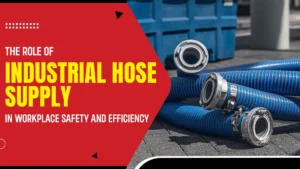
The Role of Industrial Hose Supply in Workplace Safety and Efficiency
In high-stakes industries such as oil and gas, mining, manufacturing, dredging, and defense, industrial hoses serve as vital connectors in daily operations. Whether transferring hazardous
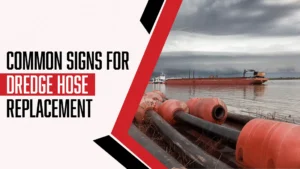
Common Signs For Dredge Hose Replacement
Dredge hose is an essential component in mining, oil and gas, and heavy industries, where it is used to transport materials such as sediment, slurry,

The Role of Automation and AI in Next-Generation Dredging Technology
Dredging technology has undergone a quiet but powerful transformation over the past decade. A purely mechanical process, which included heavy machinery, manual supervision, and reactive


